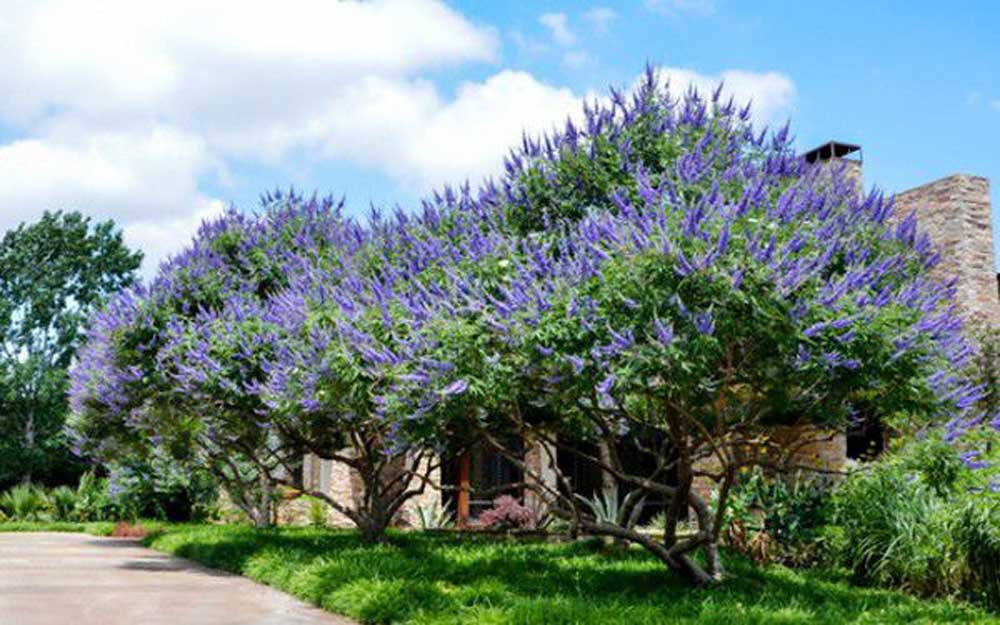Beautiful, blue Vitex might remind you of lilacs
Published 6:17 pm Wednesday, July 20, 2016
ANDIE RATHBONE
Smith County Master Gardener
I’m partial to blue flowers. In our blazing hot summers, they give me the illusion that the temperatures are cooler than they really are. That’s why, about 12 years ago when I was touring a daylily garden in Dallas, I had to ask the owner about the small trees lining his driveway that were blooming with fragrant and vibrant purple/blue flowers. He told me that these were Vitex, also known as chaste trees, and gave me a cutting.
The Vitex (Vitex agnus-castus) is a small deciduous tree that is native to southern Europe and central Asia, but has been grown in the U.S. since 1670. It gets its common name from the erroneous medieval belief that a potion made from its leaves could curb the libido. It is a fast grower and quickly becomes a multi-trunked tree about 10 to 20 feet tall and wide. Vitex bloom heavily in the early summer, and then sporadically throughout the summer and fall until the first frost. Transplanted northerners like Vitex because the tree reminds them of the lilacs that all northern gardeners love, but cannot be grown successfully here in Texas because of our excessive heat. In fact, Texas A&M designated a “Texas Lilac’ group of cultivars as Texas Superstars in 2005. These cultivars include Montrose Purple, LeCompte and Shoal Creek.
Vitex will grow in acid or alkaline soils as long as they are well-drained. For best results, plant them in full sun and water them regularly until they are established. After that, they will be very drought tolerant. It’s also a good idea to remove the spent flowers after the trees bloom. This will not only promote re-bloom, but also prevent the tree from producing seed pods that can produce a seedling population that can become a nuisance.
Vitex need regular pruning to produce an attractive multi-trunked tree. Prune them in the winter by cleaning out the entire center of the tree and removing all side branches from the main four to five trunks. Also remove the messy, twiggy growth that tends to crowd the ends of the branches. If you would like to keep the plant as a large shrub, cut it back to a few inches from the ground after the first good frost of the winter, as you would a Mexican Firebush (Hamelia ptens). This will make the plant easier to maintain.
No matter what size you prefer, Vitex is an excellent addition to your landscape. Whether you keep if as a shrub, a specimen tree in the front yard or as an understory patio tree, you will enjoy its fragrant blooms as well as the pollinators it attracts. Bumblebees love this plant above all others, and will even spend the night on the flowers. It also attracts butterflies and, as an added bonus, is not attractive to deer.







